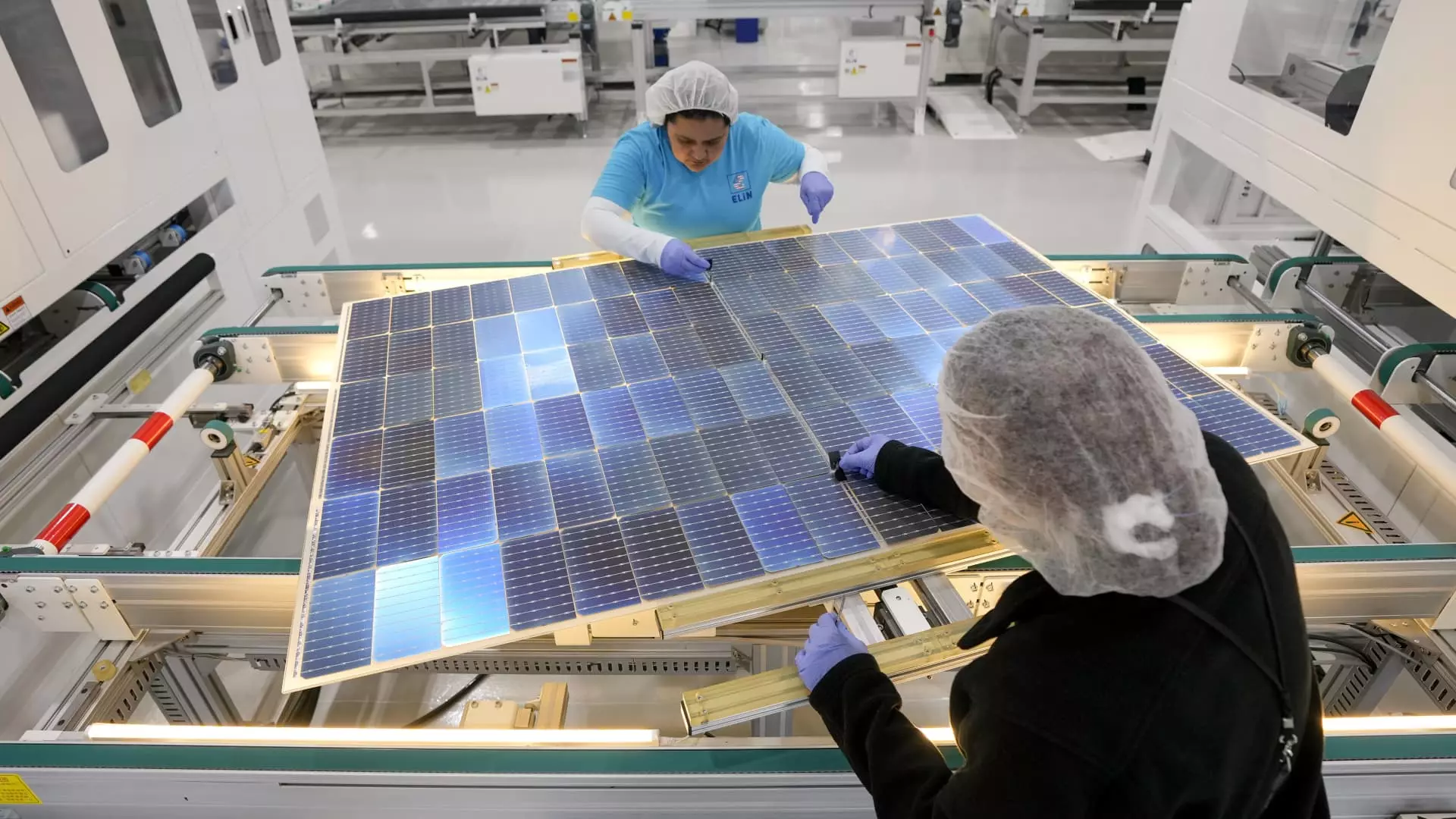Since the implementation of the Inflation Reduction Act, the U.S. has experienced a manufacturing boom that has mobilized tens of billions of dollars of investment. This surge in investment has been particularly beneficial for rural communities in need of economic development. The future of these investments, however, may be at risk depending on the outcome of the upcoming U.S. presidential election.
The looming prospect of a Republican victory in the election has raised concerns among investors regarding the potential weakening or repeal of the Inflation Reduction Act (IRA). Such uncertainties have led to a decrease in confidence among some investors, highlighting the importance of political implications on manufacturing and energy investments in the country.
Following the signing of the IRA into law by President Joe Biden, companies have announced a significant $133 billion of investments in clean energy technology and electric vehicle manufacturing. This astronomical figure demonstrates the transformative effect that the IRA has had within the manufacturing sector, with investments totaling $89 billion, marking a 305% increase compared to the two years prior to the IRA.
One of the standout features of the investments sparked by the IRA is their positive impact on rural communities. In contrast to investments in sectors such as AI and tech, clean energy investments have been concentrated in rural areas, presenting a valuable source of economic growth and development for these regions.
The IRA has accelerated the deployment of renewable energy in the U.S., with a total of $108 billion invested in utility-scale solar and battery storage projects. This surge in investments for solar and battery storage projects has seen a 56% and 130% increase, respectively, over the past two years, indicating a promising shift towards sustainable energy solutions.
Despite the significant progress made in manufacturing and energy investments under the IRA, experts warn that the “manufacturing renaissance” remains in its early stages and is fragile. The potential rollback or weakening of the IRA, as threatened by former President Donald Trump, poses a direct challenge to the continued growth and success of these investments.
The dynamics of the upcoming presidential election have introduced a new level of uncertainty for investors, with concerns growing over the potential policy shifts under a Republican administration. The threat of undoing the IRA and prioritizing fossil fuel projects over clean energy initiatives has cast a shadow of doubt over the future of manufacturing and energy investments in the U.S.
The Inflation Reduction Act has undeniably played a pivotal role in driving manufacturing and energy investments in the U.S., particularly in rural communities. However, the looming political uncertainties and threats of policy reversals present significant challenges to the sustainability and growth of these investments. The outcome of the presidential election will undoubtedly have a profound impact on the future trajectory of manufacturing and energy investments in the country.

